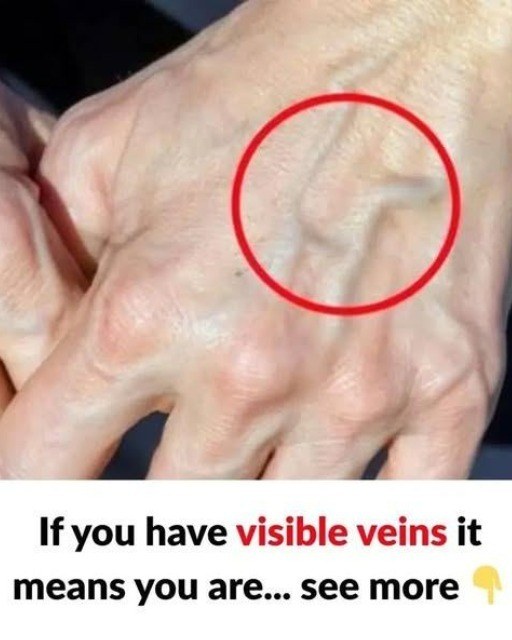Sudden bulging veins can be surprising and sometimes worrying. Often, they appear due to natural causes like aging, vigorous exercise, or genetics, and for many people, they’re harmless—simply more visible during hot weather or when wearing tight clothes. But if bulging veins come with pain, swelling, or skin discoloration, it’s important to pay attention, as these signs could indicate an underlying health issue that needs medical care.
One of the most frequent causes of bulging veins is varicose veins. These occur when the valves inside your veins weaken or fail, causing blood to pool and the veins to swell and twist, commonly in the legs. Factors like pregnancy, obesity, smoking, and spending long hours standing or sitting can increase your risk. While varicose veins often start as a cosmetic concern, ignoring them can lead to complications.
Untreated varicose veins may progress to more serious problems such as venous ulcers—painful sores that develop near the ankles due to poor circulation—and blood clots, which can cause deep vein thrombosis (DVT). DVT is dangerous because clots can travel to the lungs, leading to a life-threatening pulmonary embolism. That’s why early diagnosis and treatment are crucial if symptoms worsen or persist.
Managing bulging veins often begins with lifestyle changes: regular exercise, maintaining a healthy weight, quitting smoking, and avoiding tight clothing. Simple remedies like wearing compression stockings and elevating the legs can relieve discomfort. For more severe cases, doctors may suggest treatments such as injection therapy or surgery to improve vein function and prevent complications. Staying informed and proactive about your vein health can protect your circulation and keep you feeling your best.
